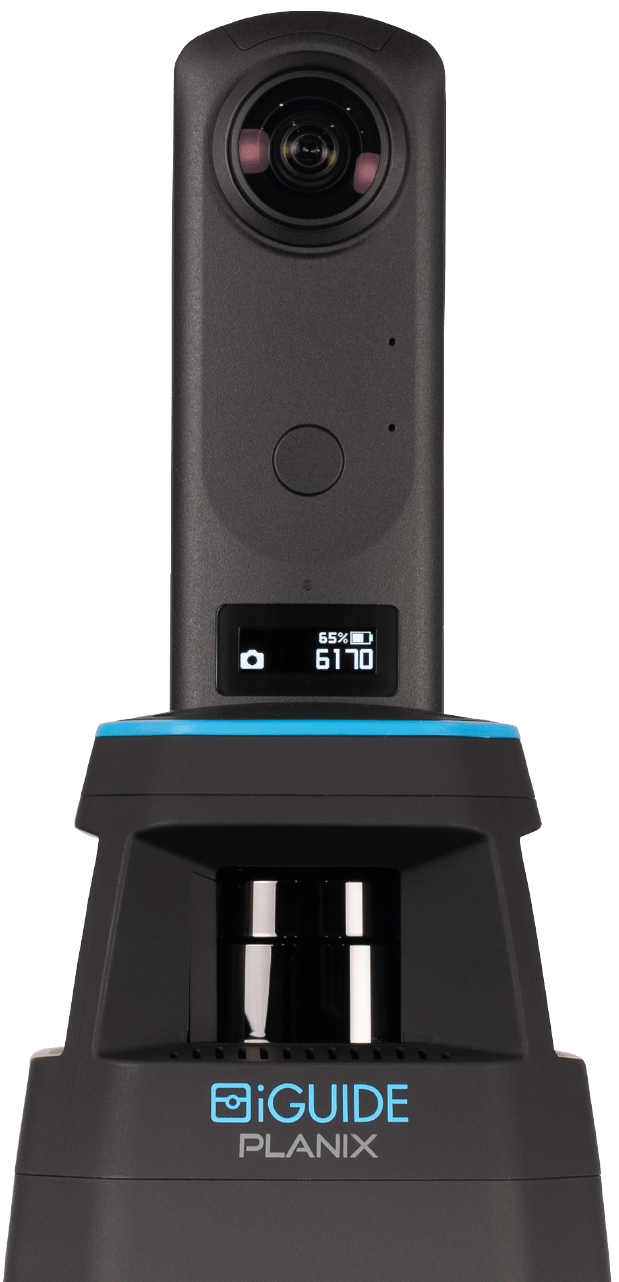Real estate agents are not the only potential customer you have if you can create 3D tours. As appealing as 3D tours are to homebuyers, they are also appealing to those considering renting retail space, staying at a resort, choosing a healthcare facility to stay in, or assessing a building for an insurance claim. There are many options when it comes to pitching 3D tours.
Many industries could benefit from 3D tours, so how do you get yourself in the door to provide them? From facility management companies to hospitals, pitching large organizations is quite different from pitching a single real estate agent. Here’s what you need to know to be successful.
Prepare Your Pitch
The organizations you will be pitching to may not know what 3D tours are or how they would fit into their business. To convince them, you’ll need to quickly explain how 3D tours work, where they can use them, and the potential benefits that they can see from the tours. Often, it is illustrative to find a competitor who uses 3D tours already to show the organization that it is valuable. For example, if you’re thinking of pitching to your local hospital, look for a hospital somewhere else that has 3D tours available of their rooms for patients to get a feel for private vs. shared rooms.
The next step is to make the benefits of adding 3D tours more quantifiable to your potential clients. If you are breaking into the industry, this can be tough because you don’t know how a travel agency’s bottom line will change after they get 3D tours.
Further, some benefits are harder to quantify. For example, when travelers see a 3D tour of their suite, do they feel increased trust? Do they purchase faster or spend less time asking salespeople questions as a result?

Hopefully, you can find the answers to some of these questions by looking at your competitor’s information or finding market research. Then, after you’ve made your first customer, you can collect this helpful information and come back to better your pitch for next time.
It would help if you also identified pain points that 3D tours can relieve for your customers, for example:
- Travel destinations: Customers don’t get to see the hotel suites or other spaces they’ll enjoy before purchasing their trip. 3D tours can give them a significantly better impression of the space than photos.
- Retirement homes: Many family members may want to tour retirement homes before they choose one. 3D tours cut down on traffic and wasted staff time. Plus, potential residents with dementia may benefit from seeing their new suite several times before move-in.
- Hospitality: How do you find the time to bring customers through busy private rooms they may want to book for events? Make time for a photographer once, and then direct customers to the 3D tour moving forward.
- Insurance: Insurance companies may find that photos are misleading when assessing the damage. 3D tours give significantly more information that may improve accuracy in the claims process.
- Restoration: Contractors have the challenge of planning to restore a space from just photos. 3D tours can give them more information and make planning better, preventing second or third visits to potentially unsafe sites.
Reading industry magazines and talking to professionals who work in the industry can help you get a sense of their pain points and how you can relieve them.
Focus on Your Branding and Professionalism
When creating your pitch, don’t neglect your professionalism. Stakeholders at large organizations are used to well-put-together presentations from people who seem successful and stable. Your pitch does not need to be flashy, but it is wise to invest in select elements. For example, you could choose informational pamphlets, a hosted demo of a relevant 3D tour, or just a professional outfit for yourself.

Find The Person or People to Pitch To
The most challenging part of your pitch may simply be finding the right person or people to pitch to and getting their attention and time. Don’t waste your time walking into the business and talking to any available employee. You need to find the person who has the power to buy your services. There are a few ways to find these people:
- Look on the company’s website to find marketing professionals, regional heads and C-suite executives who work for the business. Try to pick the person who has the least responsibility but who you think could have enough power to hire you. They are more likely to have time for you.
- Seek out businesses that already work with the organization that could introduce you. For example, the current caterer at the event venue has the contact information of the decision-maker who hired them.
- Check on LinkedIn to see if you have any connections in the company or can figure out who has hired the company’s photographers in the past.
- Sometimes walking in can work. For example, a manager may be physically present at a restaurant that you want to work for.
- Attend trade fairs or industry events to make useful connections.

When you get the attention of someone in the company, don’t start pitching 3D tours in your first meeting immediately. Instead, ask them who you should speak to about your pitch. You demonstrate you are respectful of their time, and you won’t be wasting yours by pitching someone who can’t say yes. In fact, using this strategy, you can try a “top-down” approach. Start with the CEO or other high-level executive and ask them who you should talk to who is lower down in the company.
Making the first contact is a challenging part of pitching to an organization, but be persistent and polite, and you’ll be more likely to make progress.
Listen to Pitch Feedback
It is likely that the first pitch that you make will not be successful. However, don’t let that discourage you. When rejecting your services, the company’s stakeholders will often give you valuable information. They may ask questions or give you reasons why they think 3D tours aren’t right for them. Careful listening can help you adjust your offerings or pitch to be more successful next time.
For more information regarding iGUIDE click here.
If you have any questions and would like to speak to one of our Representatives then click here.
If you want to read more content like this then check out our Blogs and YouTube Channel.
Download our free eBook:
7 Extra revenue streams with iGUIDE


